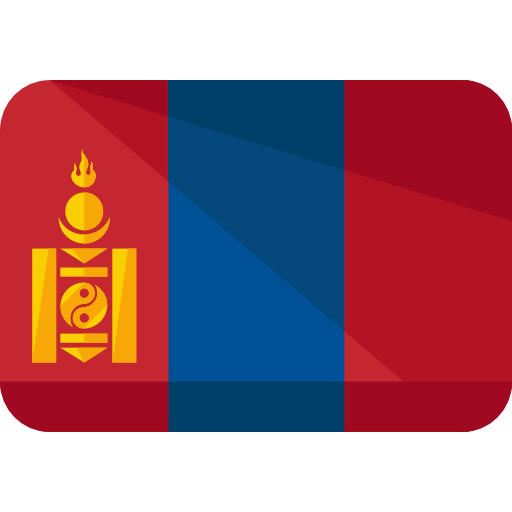This year Mongolia celebrates 380th anniversary of High Saint Zanabazar, born Eshidorji, who was the first Jebtsundamba Khutuktu, the spiritual head of Tibetan Buddhism for the Mongols. In view of this event works and crafts found at Zanabazar workshop at Saridag temple remains are displayed to the public.
Historians view the temple built in 1654-1680s by Zanabazar as the Khalkha Mongol Buddhist Center.
Today the exhibition opening ceremony held at the Zanabazar Fine Arts Museum to display the findings from the archaeological excavations held at the workshop. The opening ceremony was attended by City Mayor E.Bat-Uul and Speaker of Parliament Z.Enkhbold.
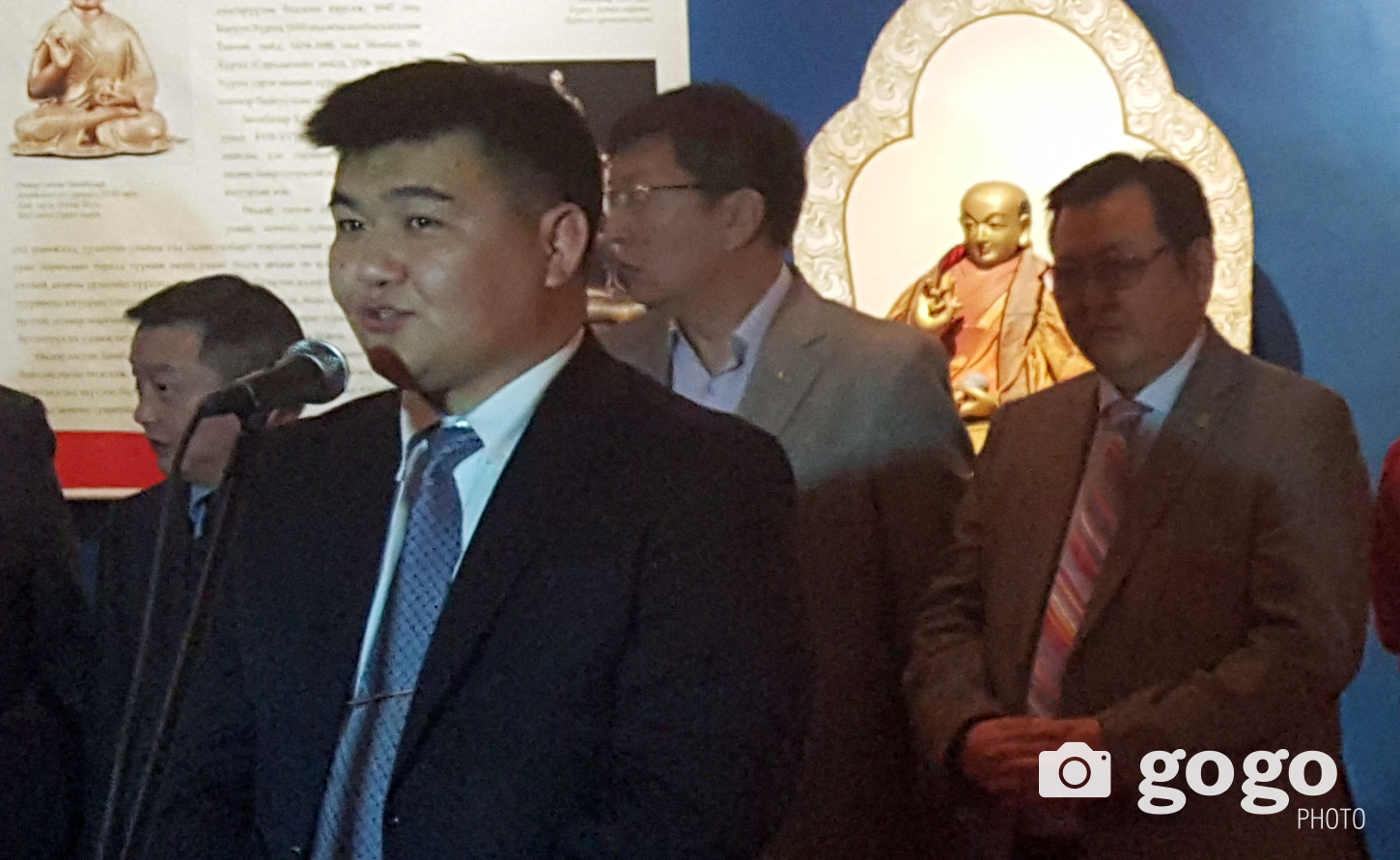 According to S.Chuluun, DIrector of Institute of History at Academy of Sciences expedition team under Institute of History conducted the excavations at the site which resulted with significant findings.
According to S.Chuluun, DIrector of Institute of History at Academy of Sciences expedition team under Institute of History conducted the excavations at the site which resulted with significant findings.
Moreover he emphasized that findings reveal that Zanabazar was working in different areas such as line drawing, stoneware and pottery, temple accessories, silver bowl, coins crafted in Nepal, military armour, swords and pistols. All these findings will play significant role in defining the Mongolian history of 16th century and extend the research on Zanabazar arts.
 Creator of God's images monk G.Purevbat:
Creator of God's images monk G.Purevbat:
"I have studied the images of Gods created by Zanabazar in accordance with the measurements. It was an amazing craft as the work lacked even one millimeter difference.
I have studied works done in Japan, Tibet and other countries and those were not corresponding even to 70-80 percent of measurements.
This leads to a proof that Zanabazar has reached the heights of the God image crafting and Mongols exceed in this arts."
Moreover he emphasized how Zanabazar finely crafted God's image out of yellow mud with the size of a nail, while creating 5-6 m tall Buddha statue showing his extraordinary craftsmanship.
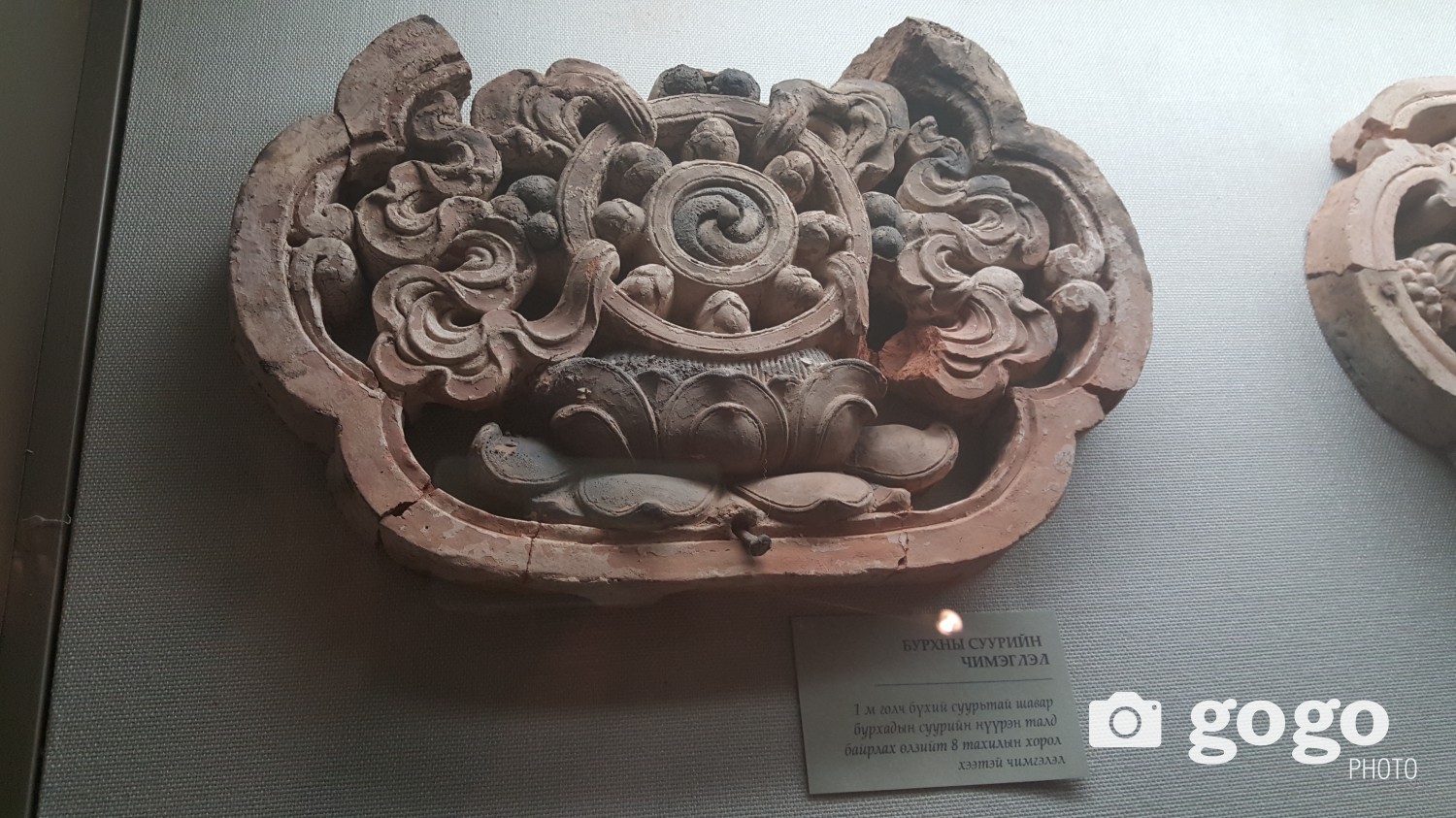
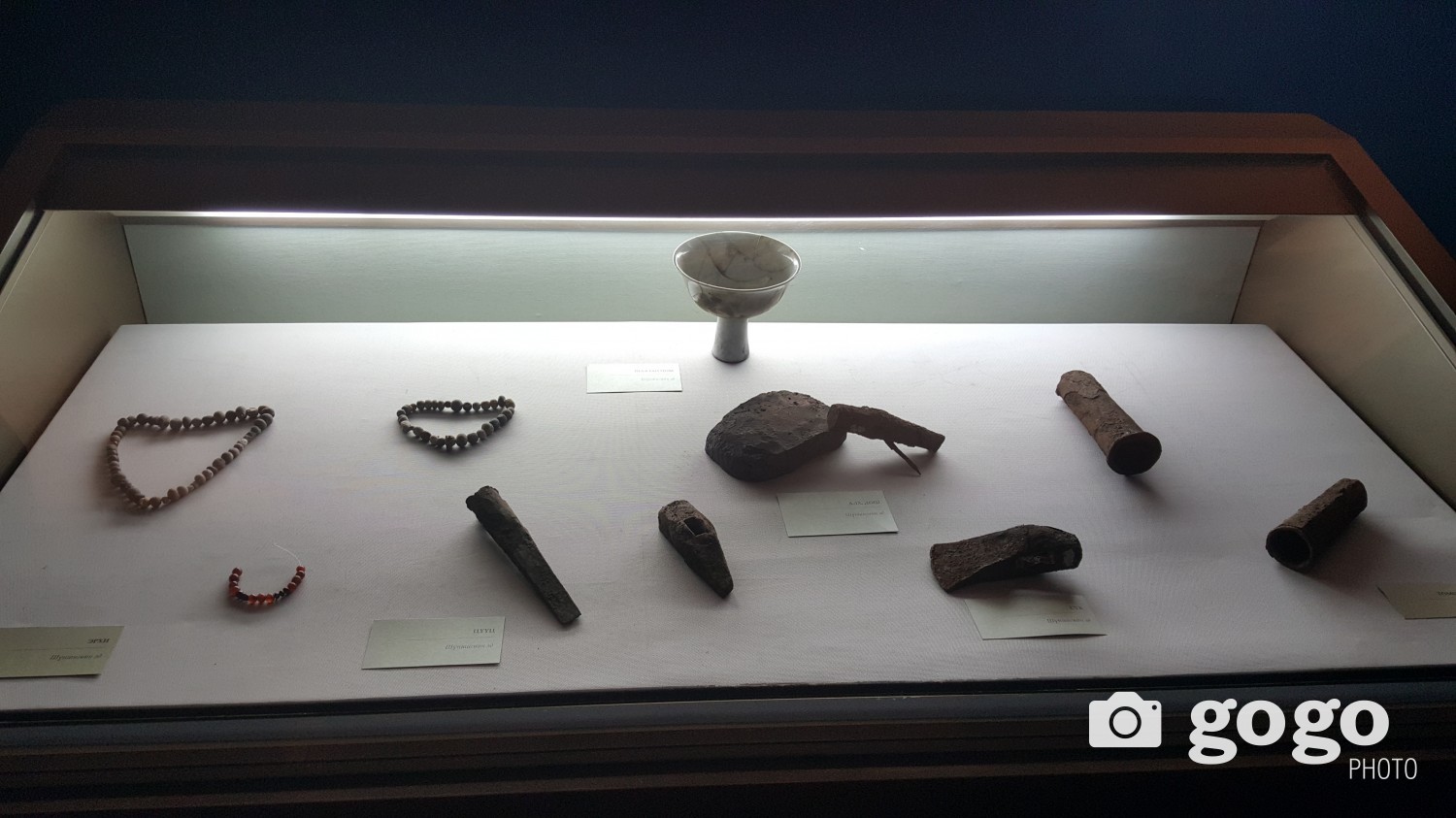
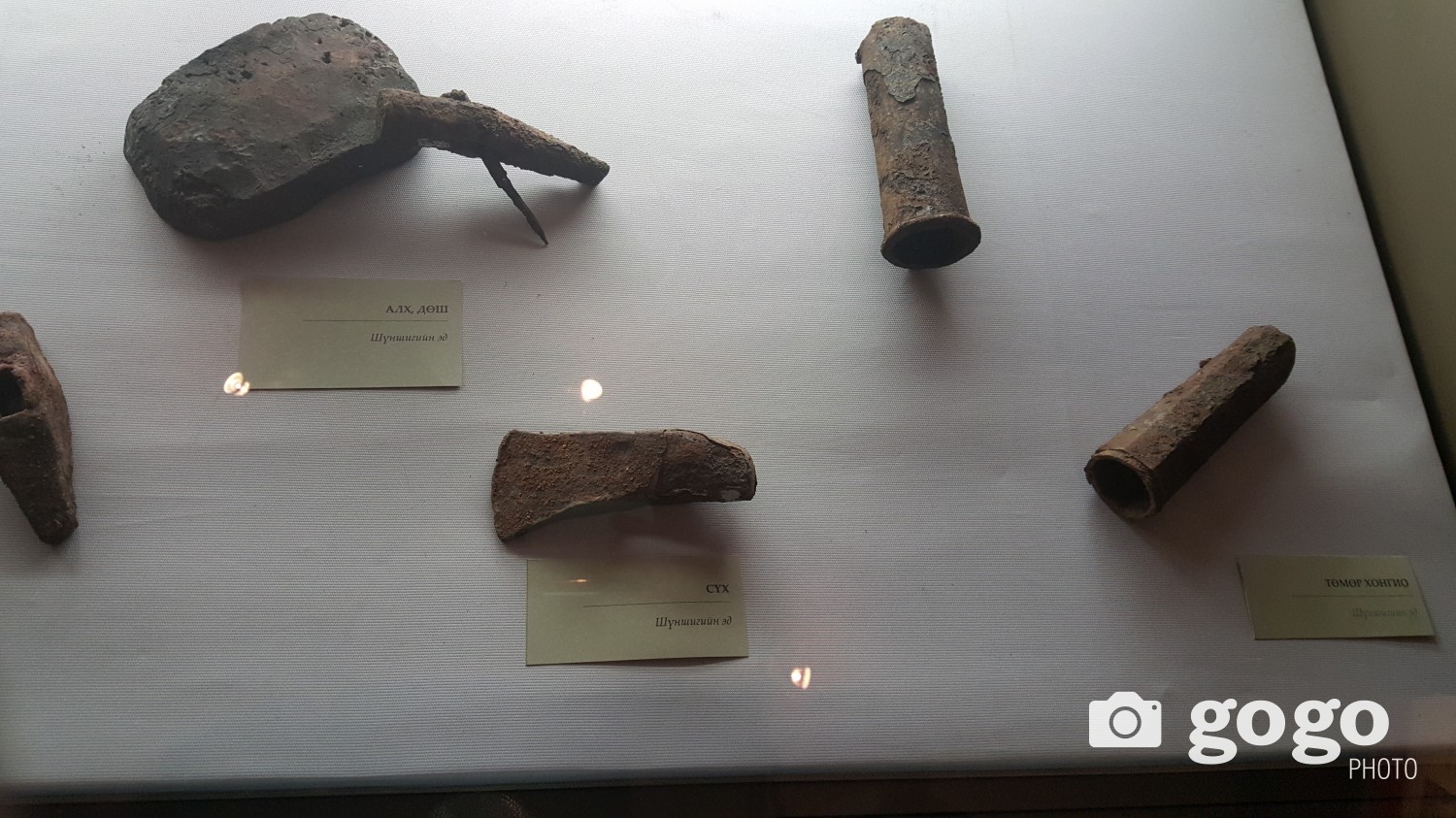
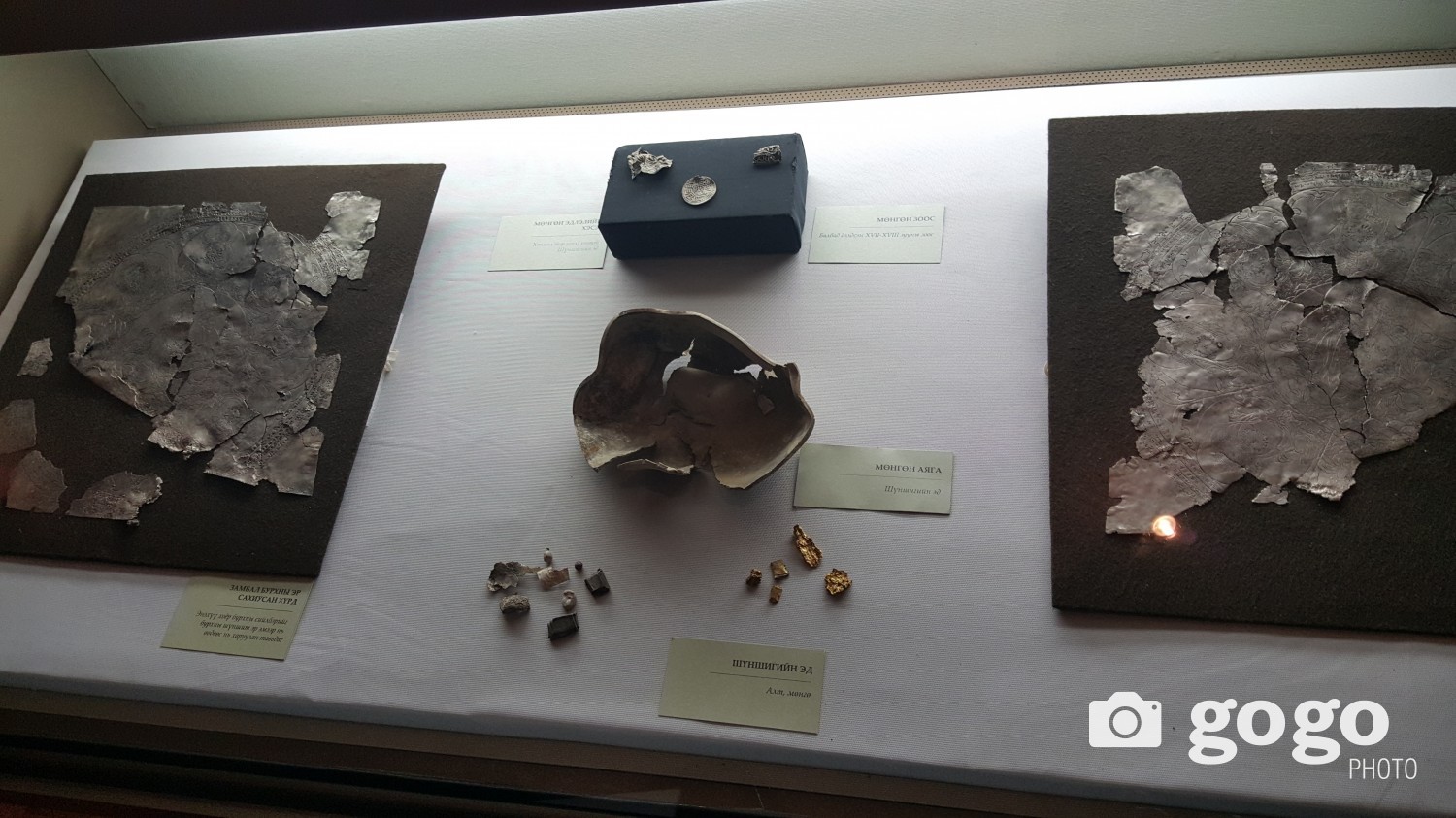
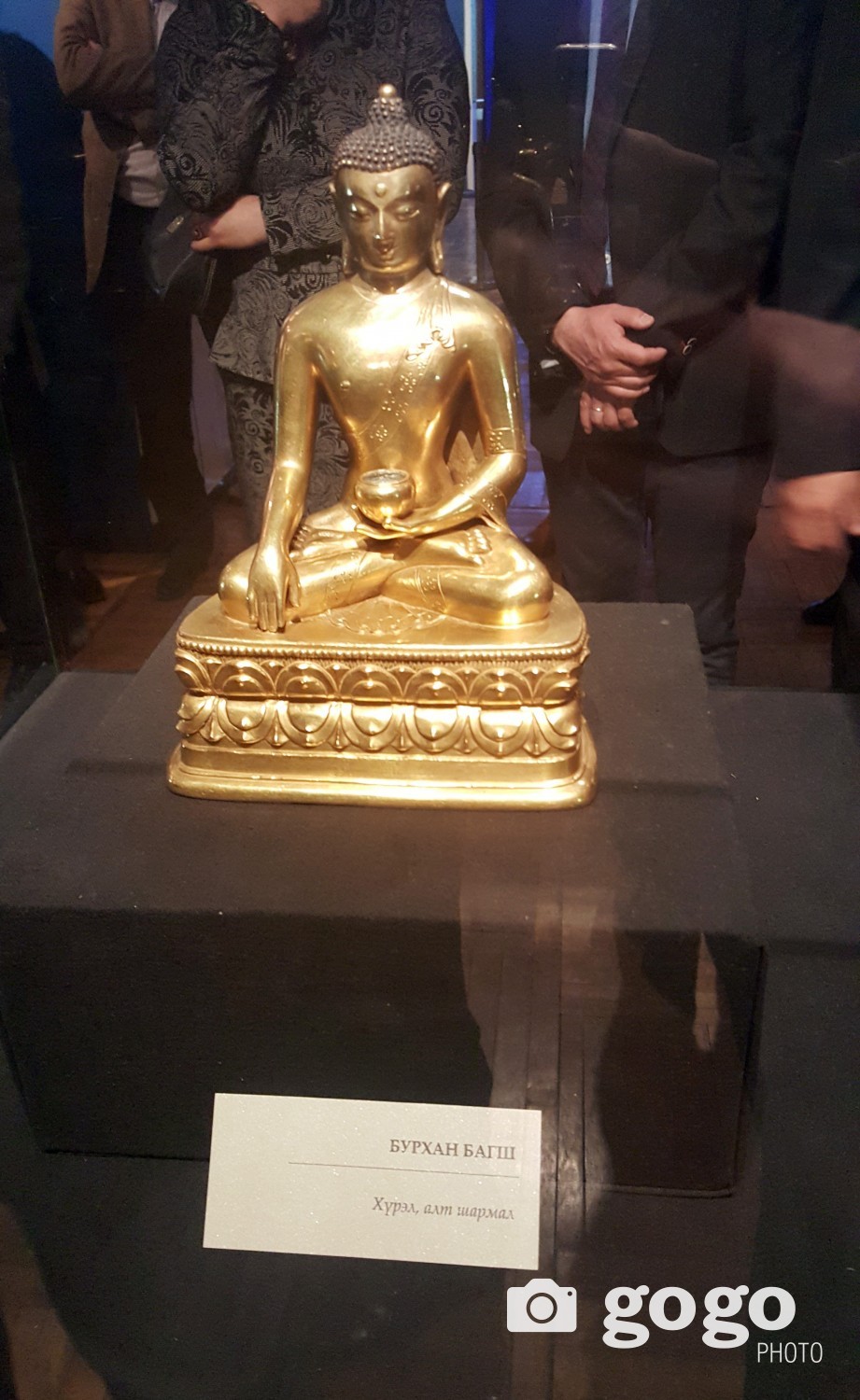
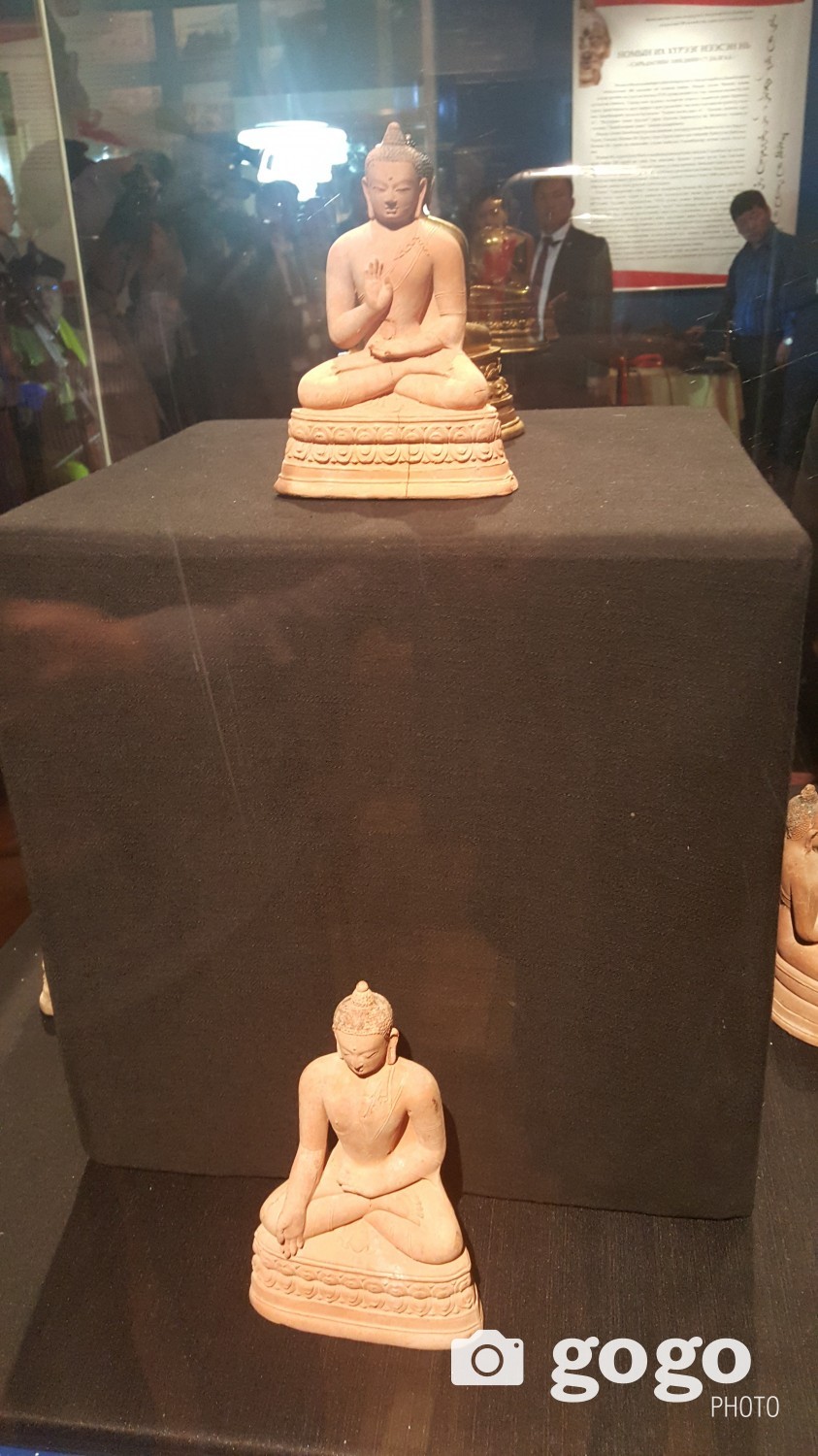

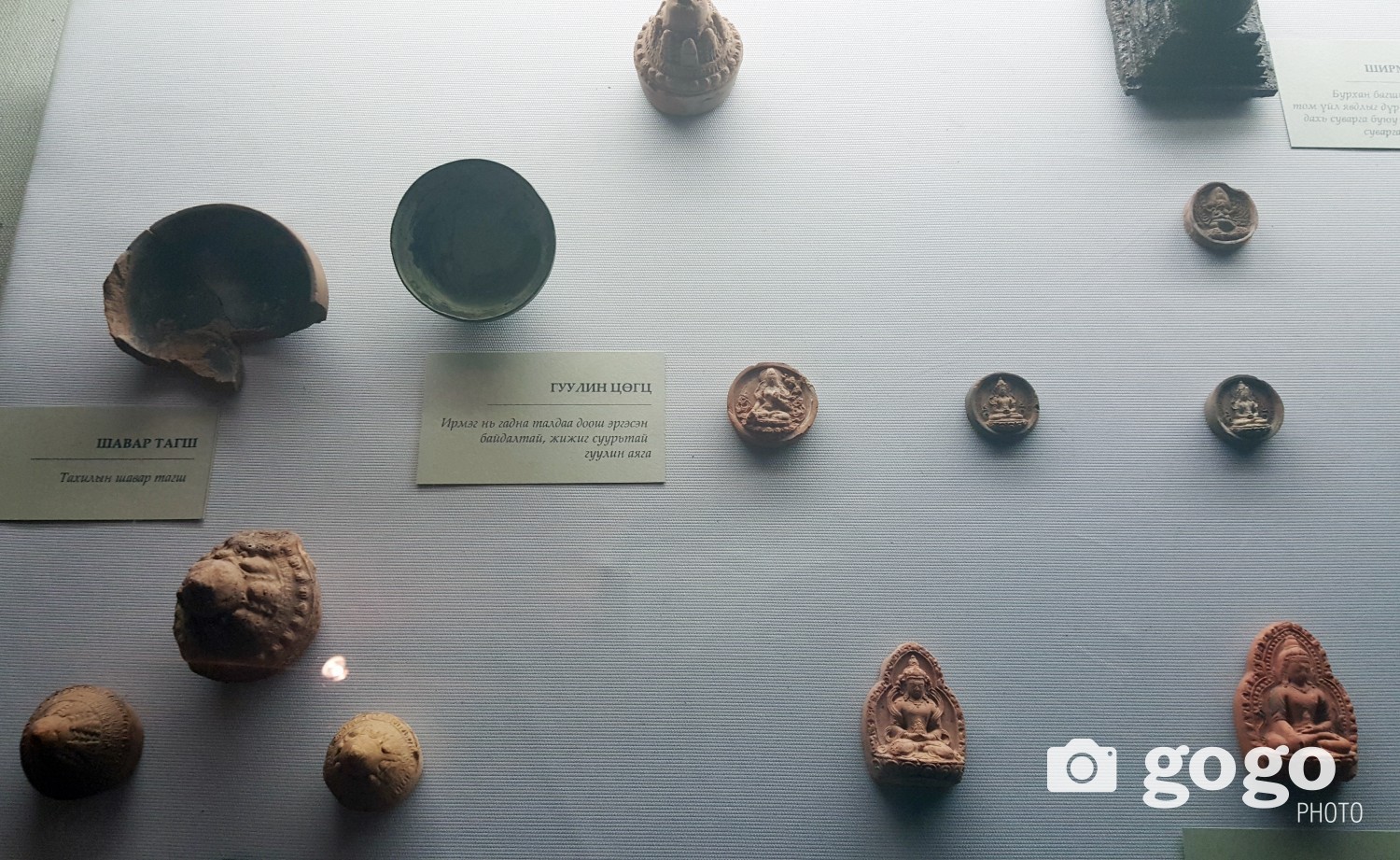
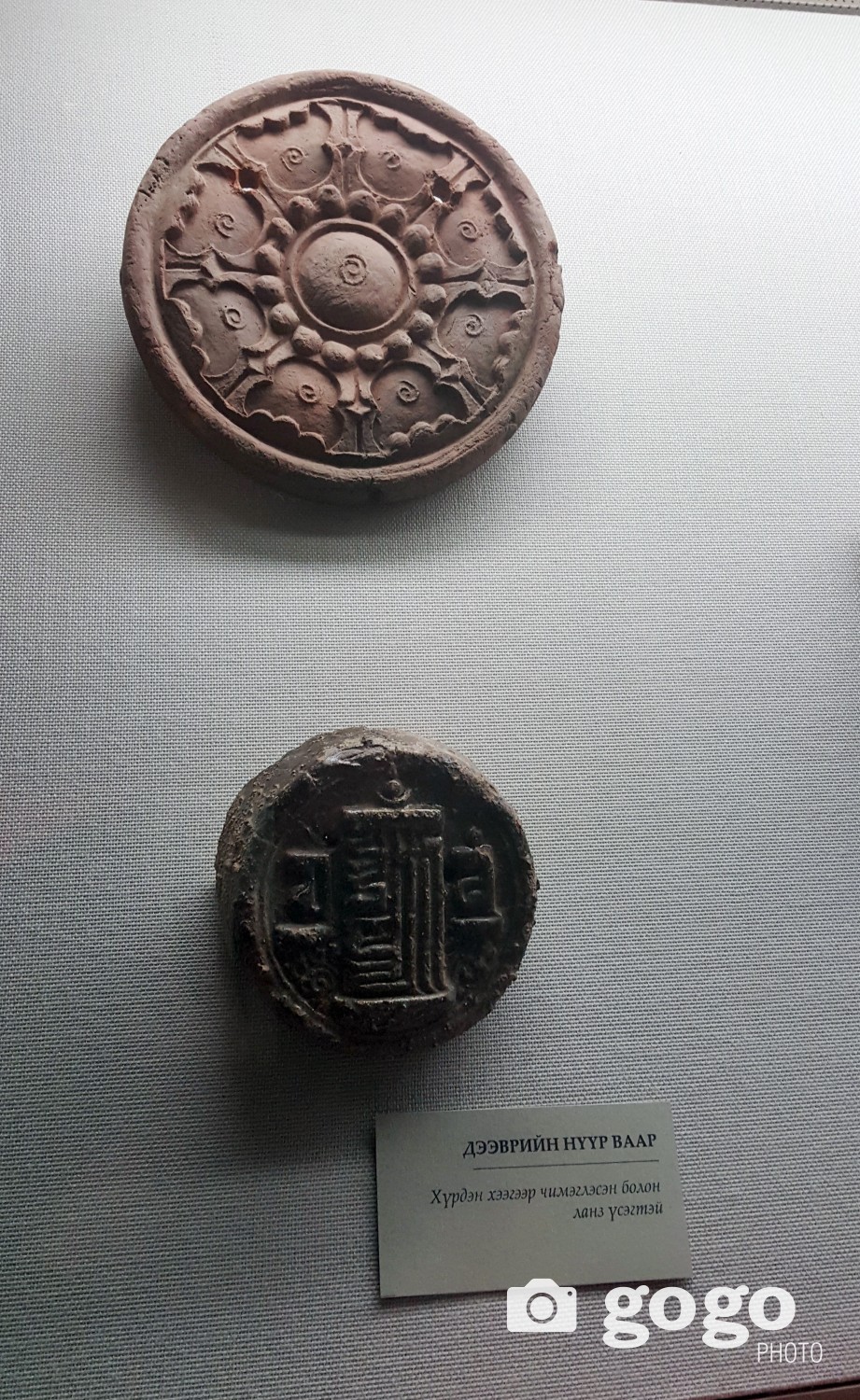

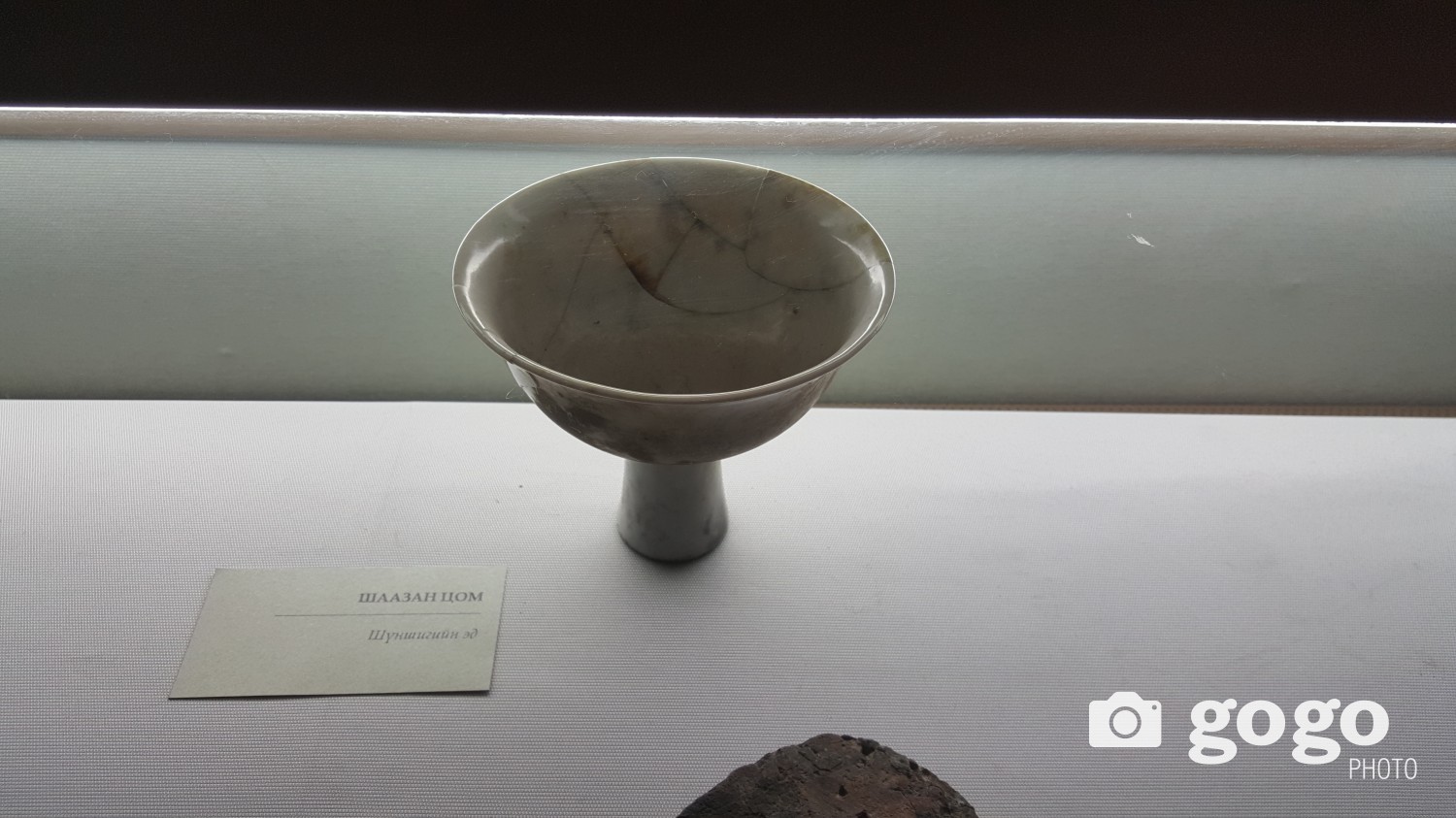
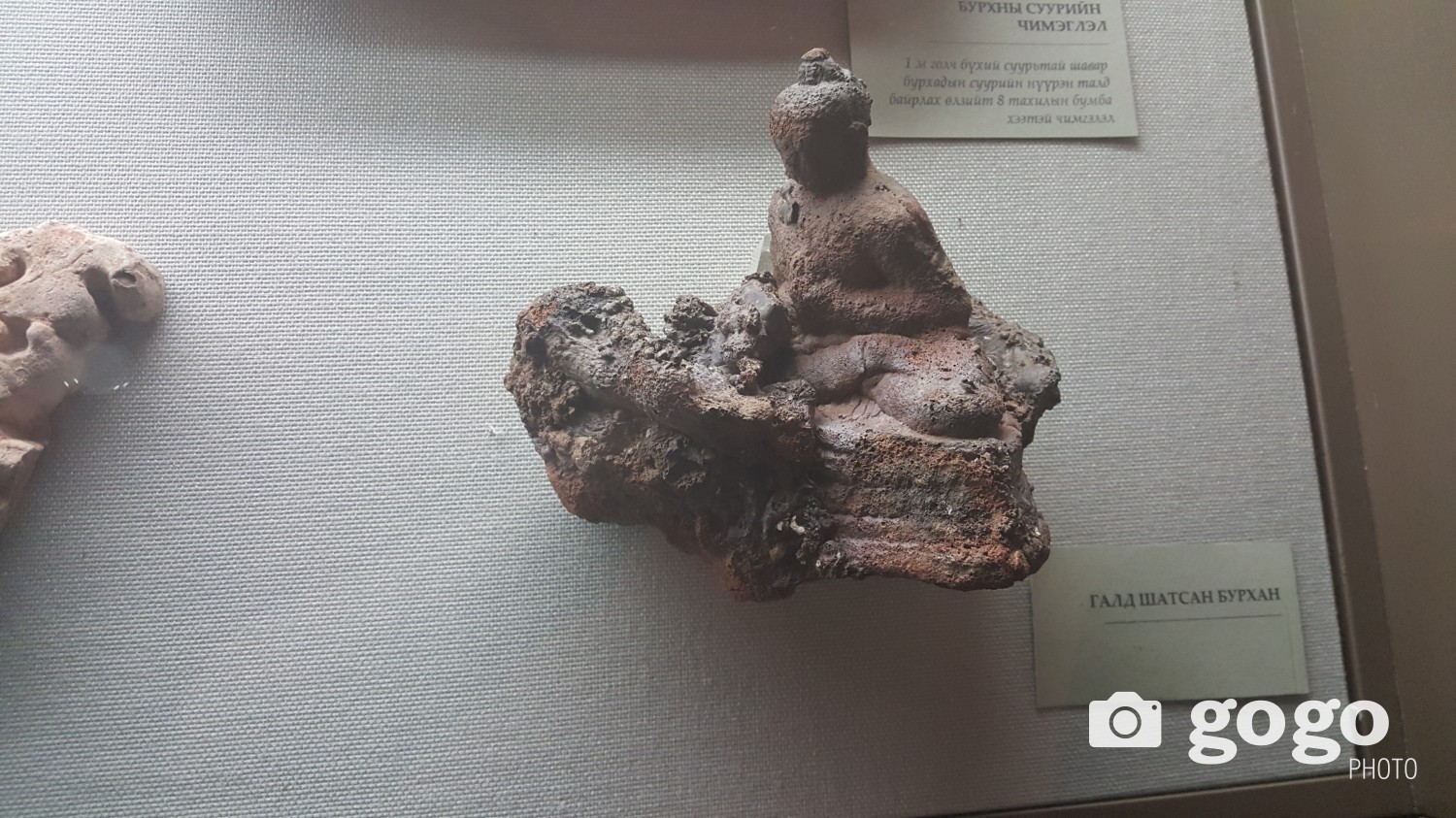
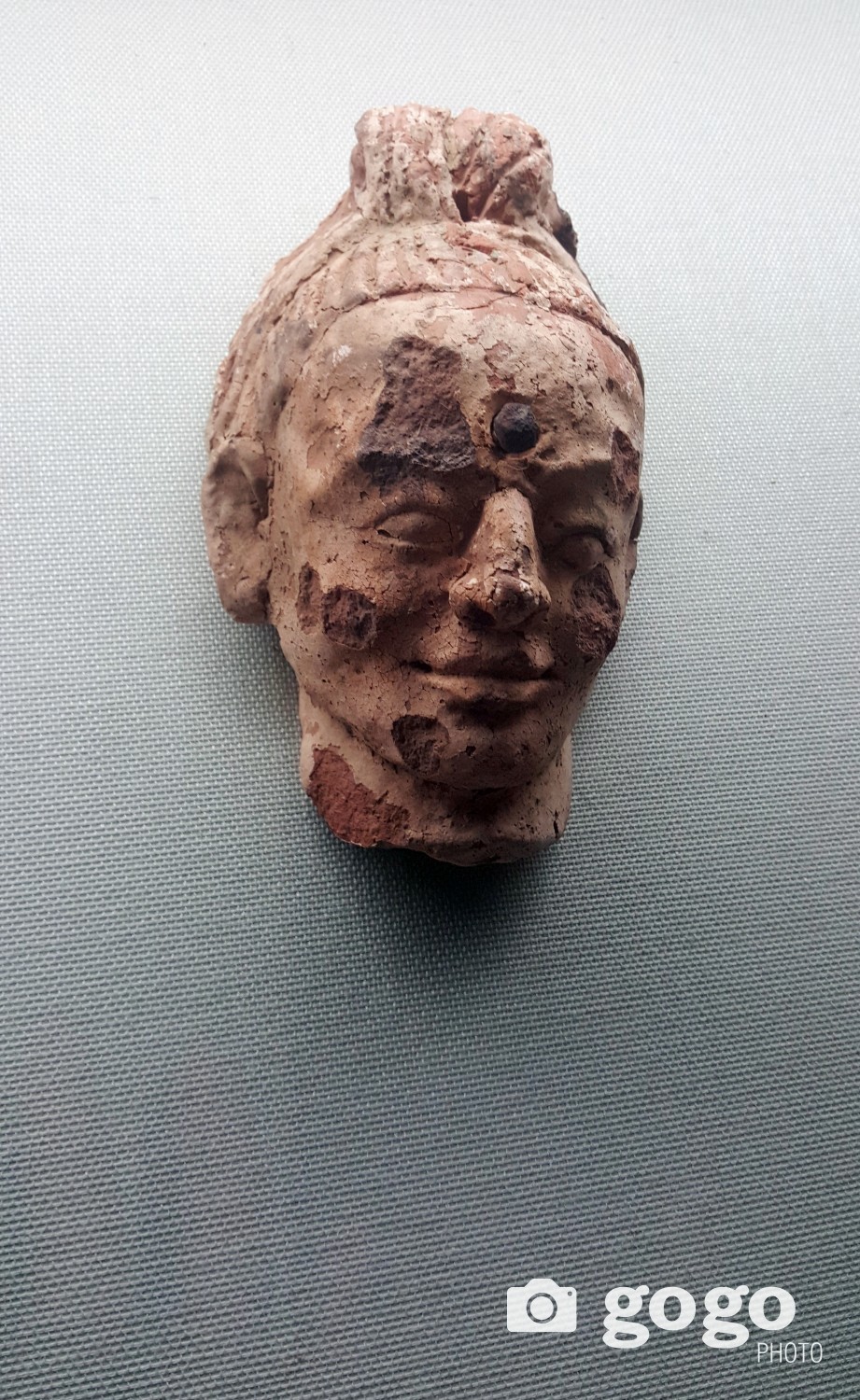
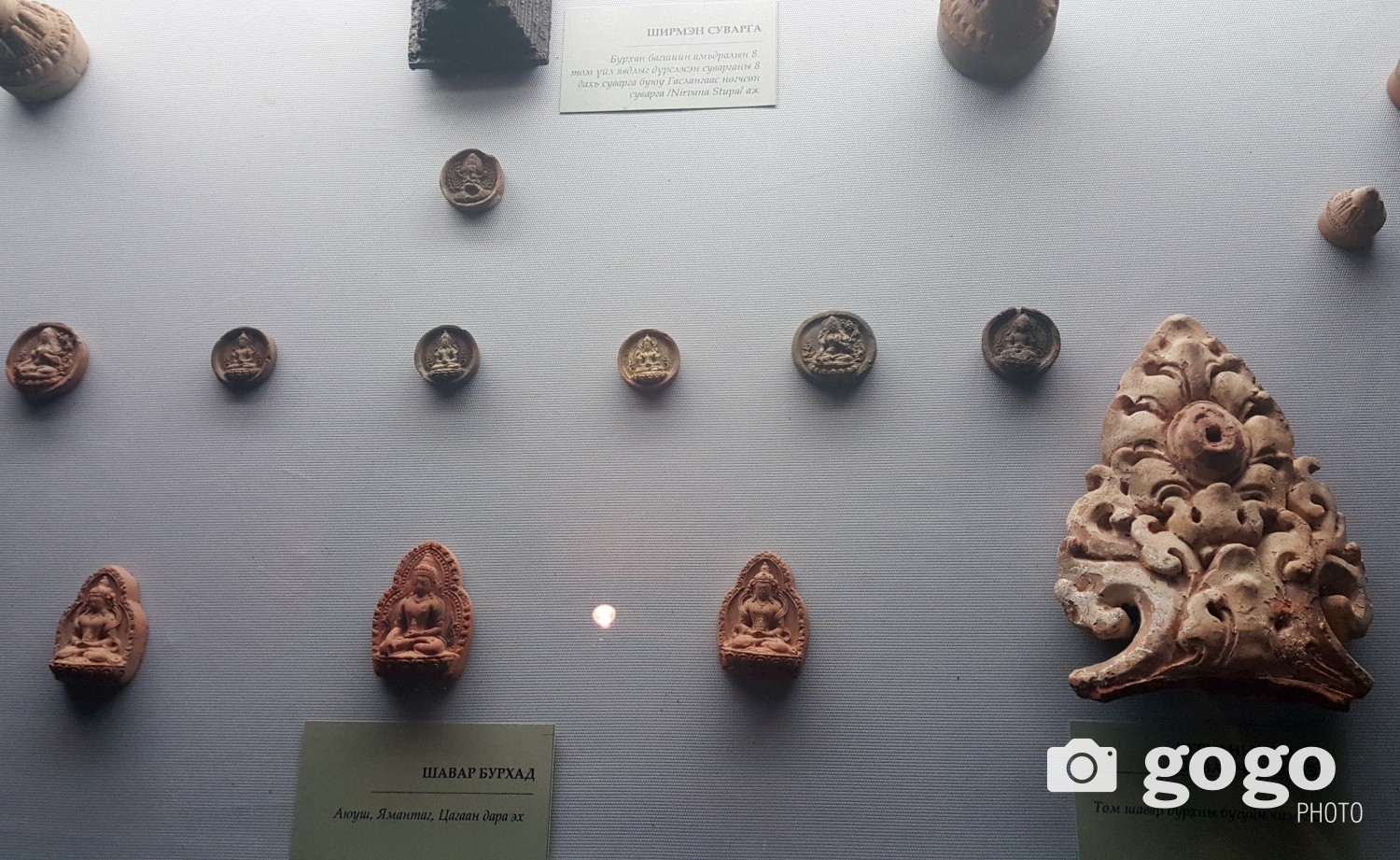
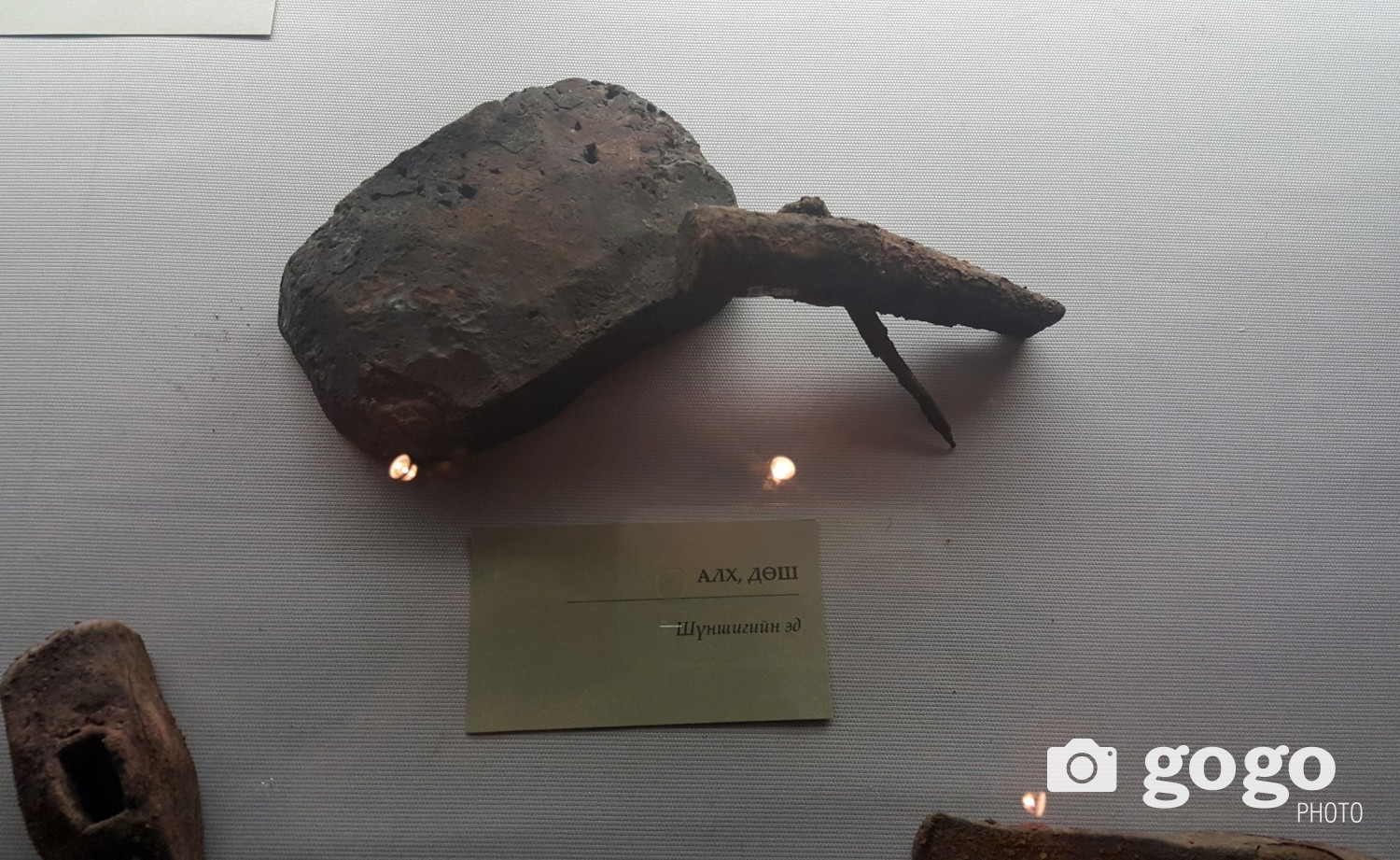
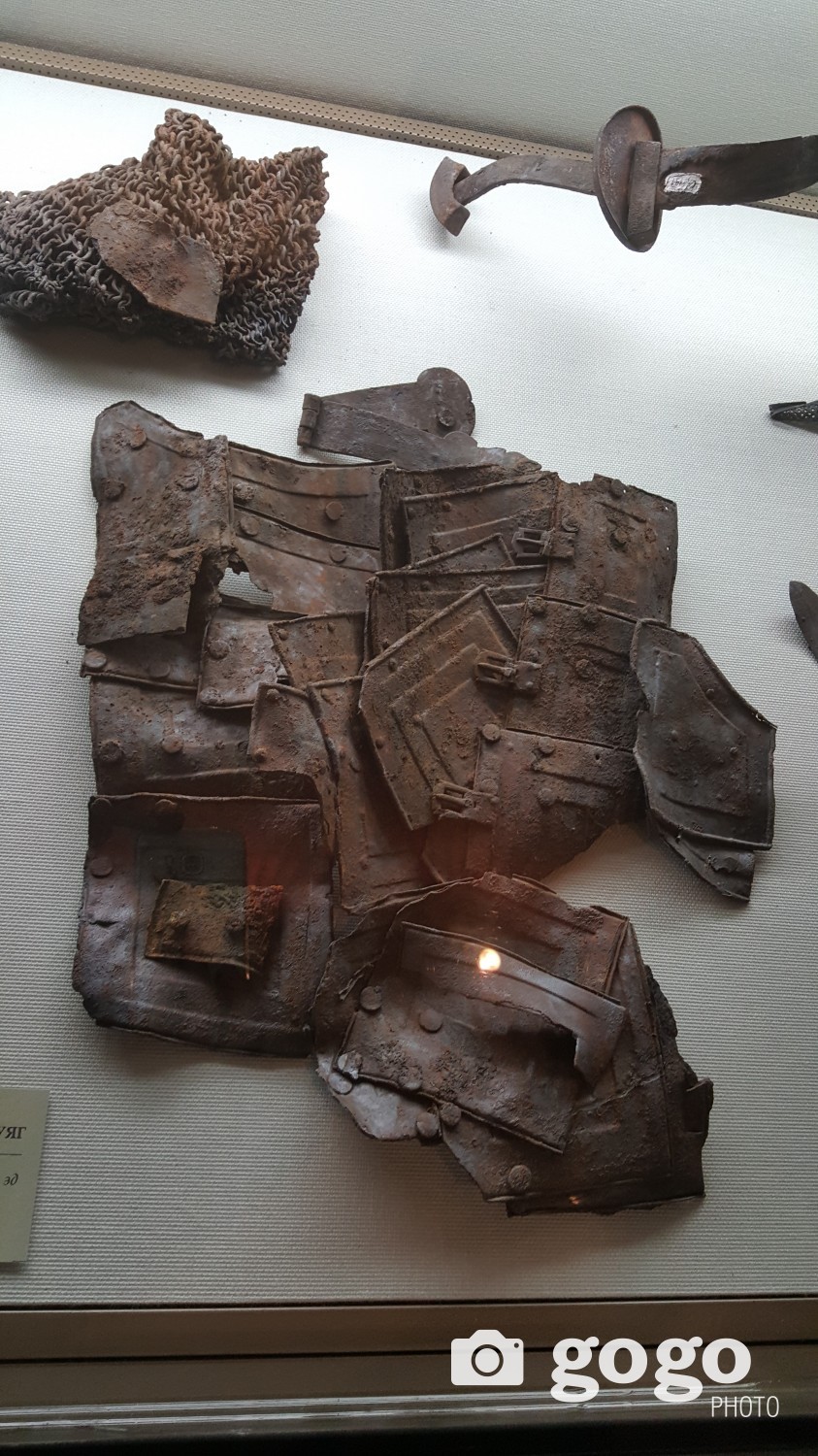
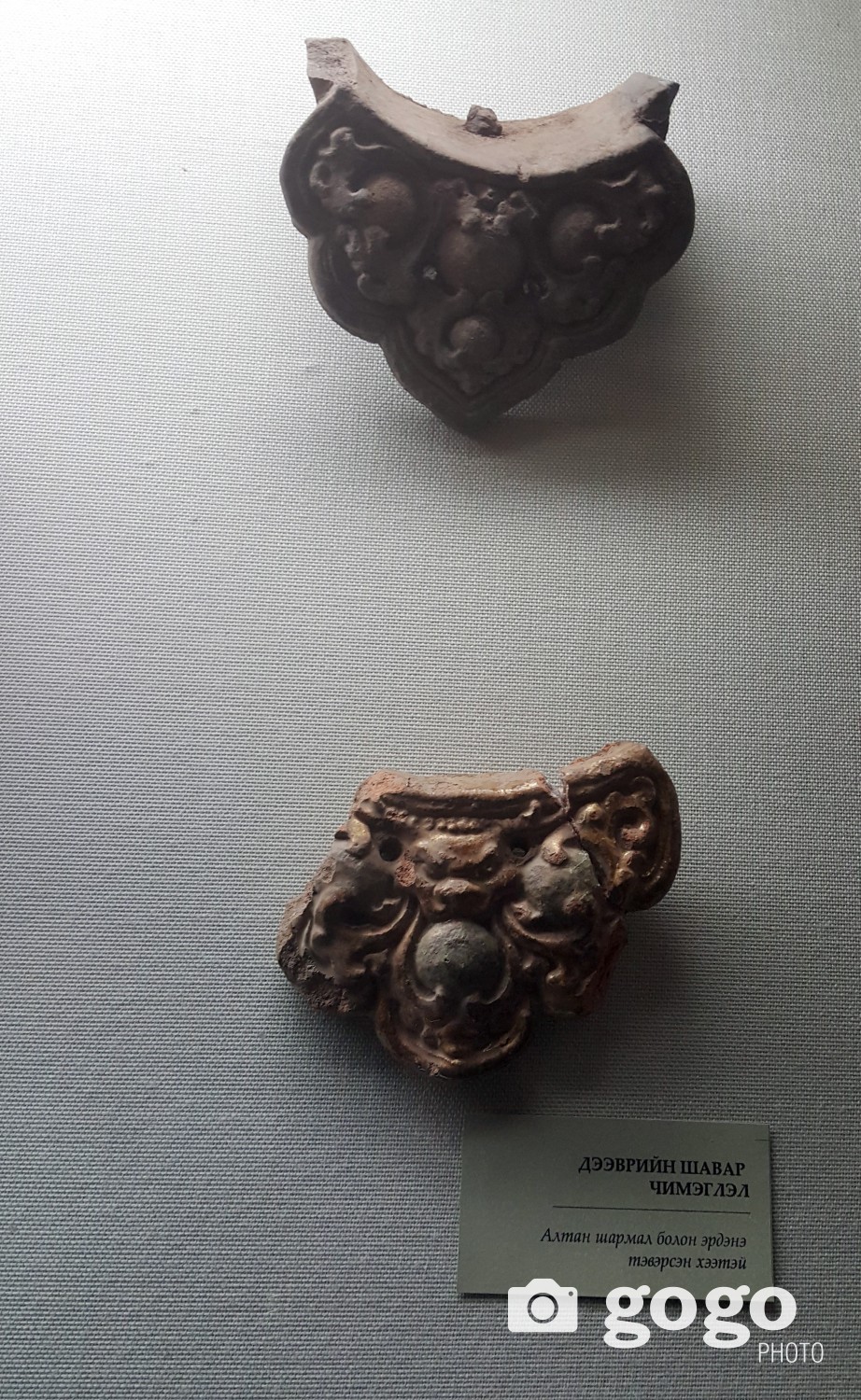
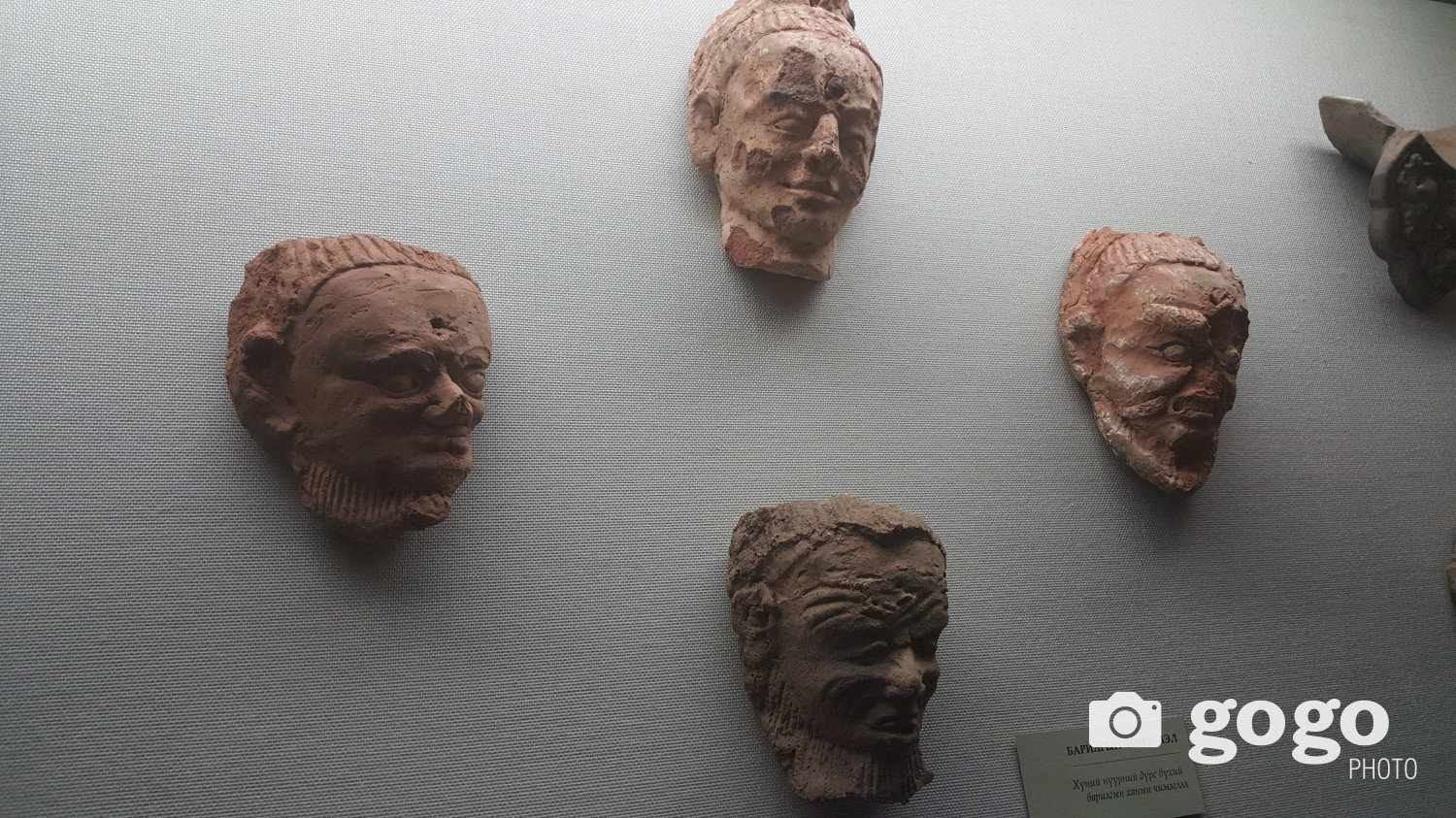
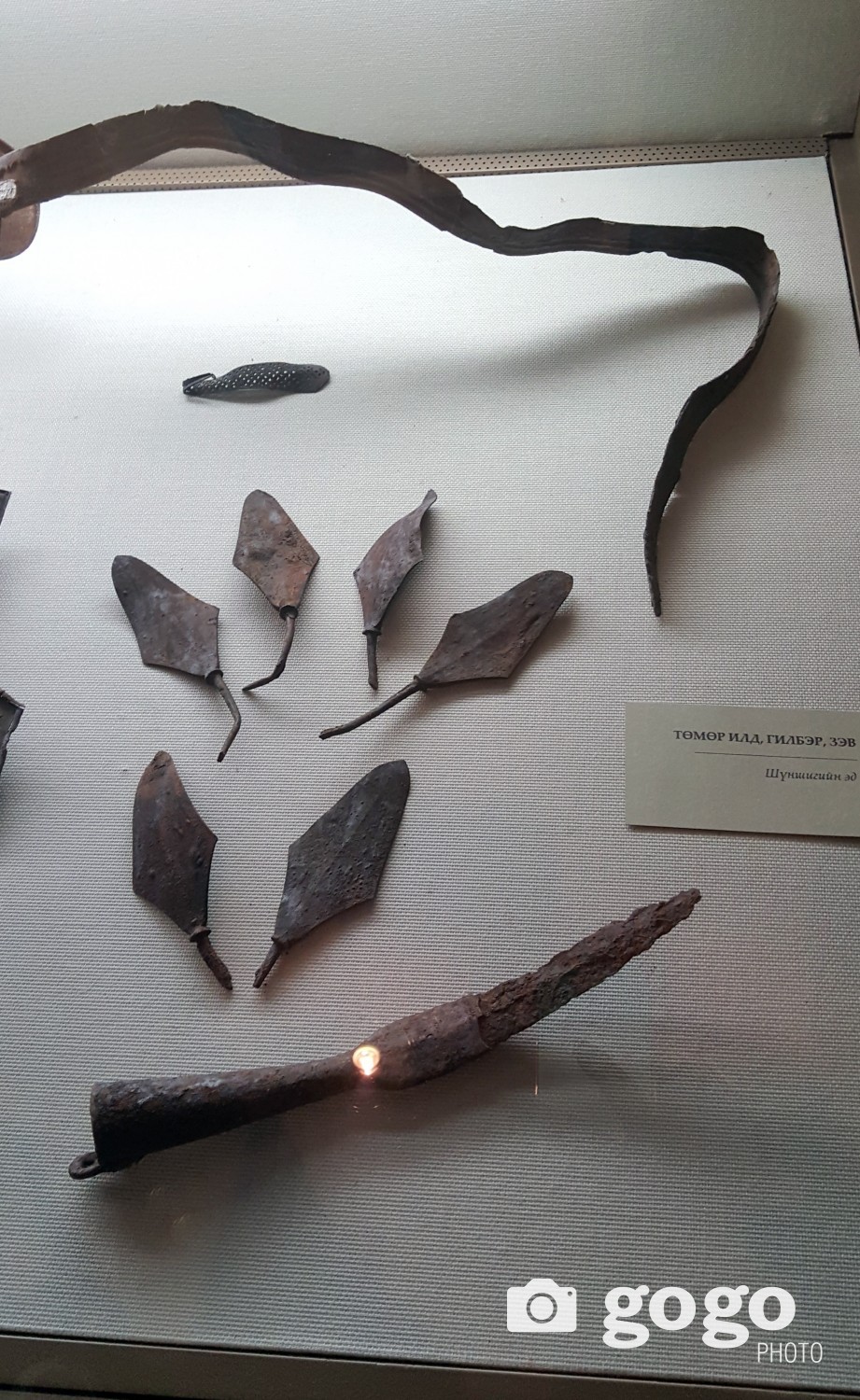
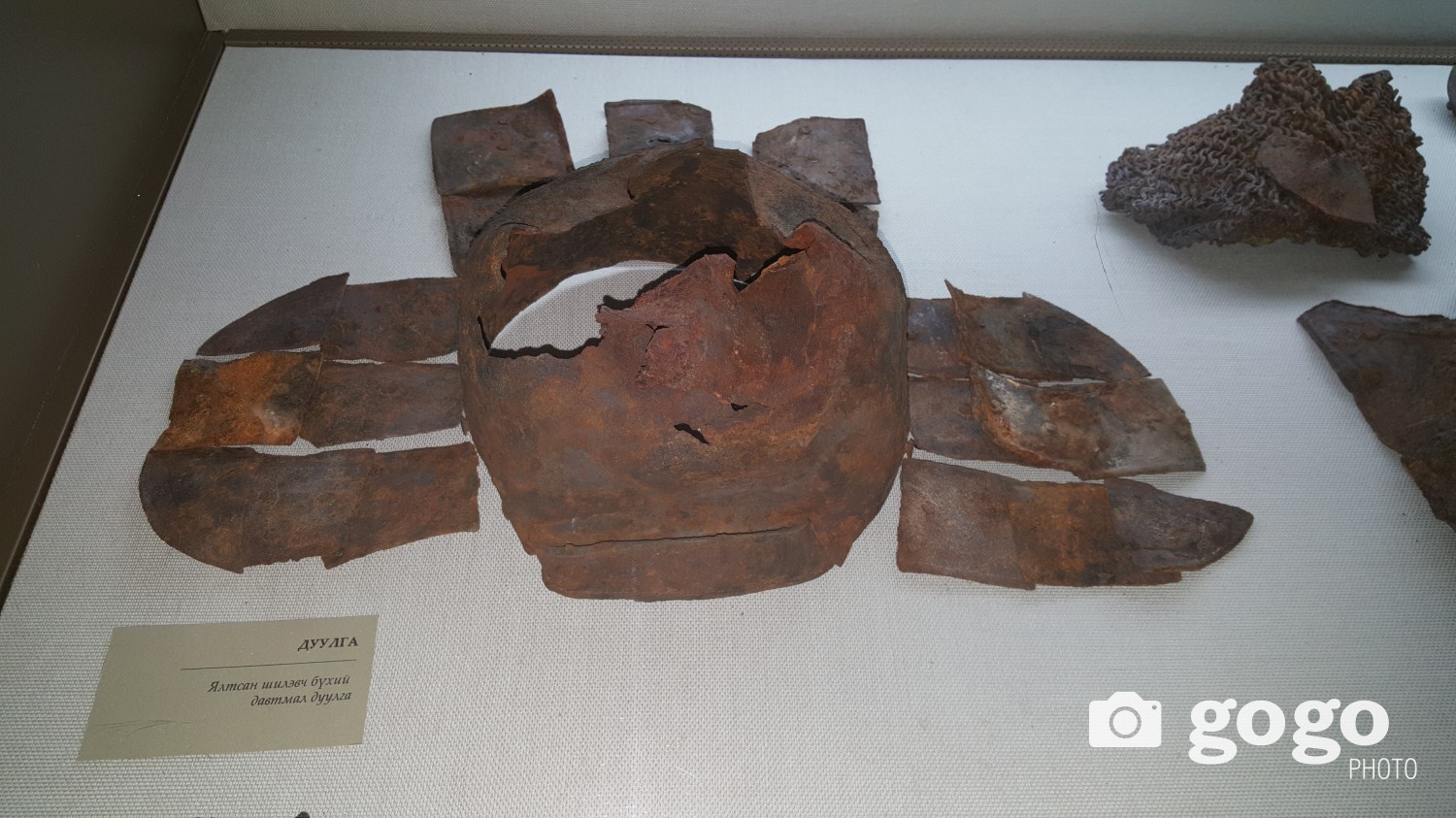
This year Mongolia celebrates 380th anniversary of High Saint Zanabazar, born Eshidorji, who was the first Jebtsundamba Khutuktu, the spiritual head of Tibetan Buddhism for the Mongols. In view of this event works and crafts found at Zanabazar workshop at Saridag temple remains are displayed to the public.
Historians view the temple built in 1654-1680s by Zanabazar as the Khalkha Mongol Buddhist Center.
Today the exhibition opening ceremony held at the Zanabazar Fine Arts Museum to display the findings from the archaeological excavations held at the workshop. The opening ceremony was attended by City Mayor E.Bat-Uul and Speaker of Parliament Z.Enkhbold.
 According to S.Chuluun, DIrector of Institute of History at Academy of Sciences expedition team under Institute of History conducted the excavations at the site which resulted with significant findings.
According to S.Chuluun, DIrector of Institute of History at Academy of Sciences expedition team under Institute of History conducted the excavations at the site which resulted with significant findings.
Moreover he emphasized that findings reveal that Zanabazar was working in different areas such as line drawing, stoneware and pottery, temple accessories, silver bowl, coins crafted in Nepal, military armour, swords and pistols. All these findings will play significant role in defining the Mongolian history of 16th century and extend the research on Zanabazar arts.
 Creator of God's images monk G.Purevbat:
Creator of God's images monk G.Purevbat:
"I have studied the images of Gods created by Zanabazar in accordance with the measurements. It was an amazing craft as the work lacked even one millimeter difference.
I have studied works done in Japan, Tibet and other countries and those were not corresponding even to 70-80 percent of measurements.
This leads to a proof that Zanabazar has reached the heights of the God image crafting and Mongols exceed in this arts."
Moreover he emphasized how Zanabazar finely crafted God's image out of yellow mud with the size of a nail, while creating 5-6 m tall Buddha statue showing his extraordinary craftsmanship.





















